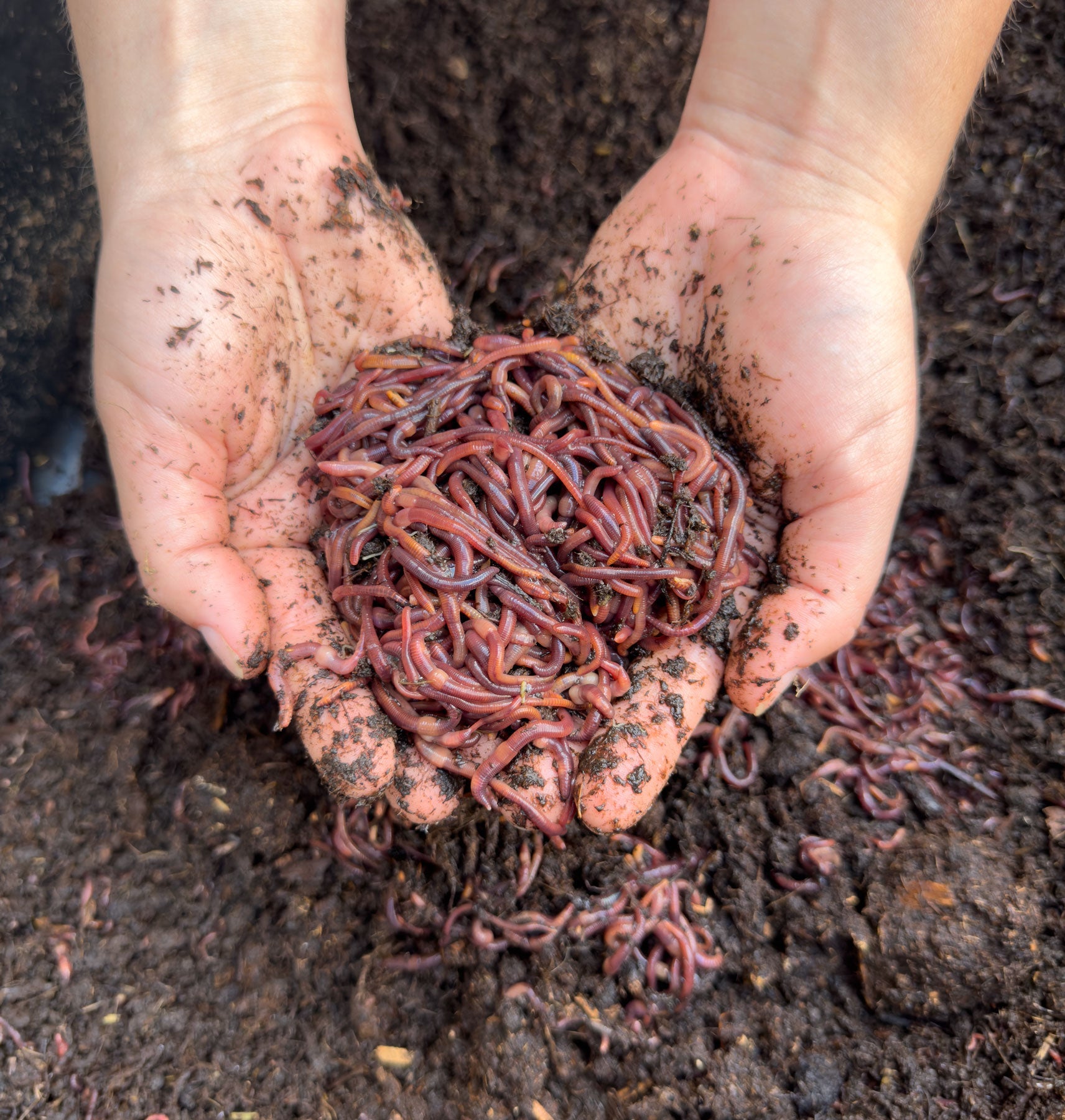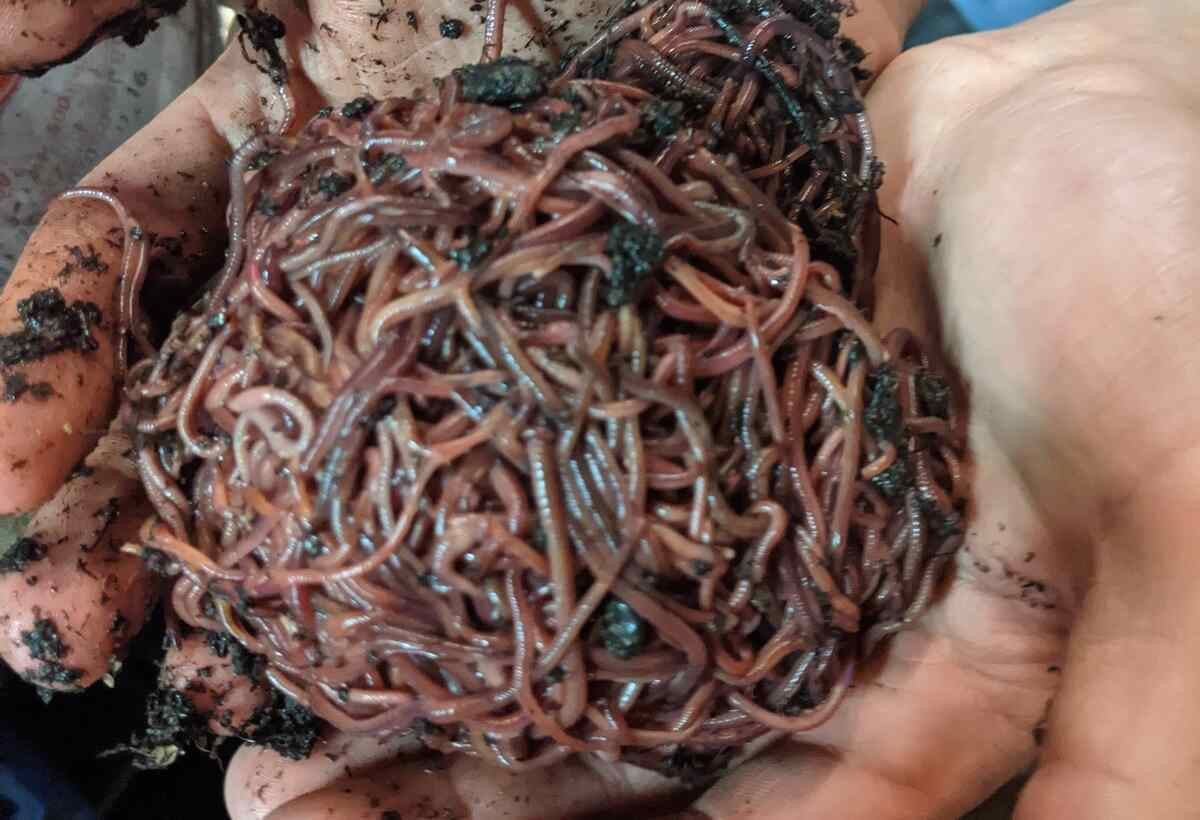Live red wigglers: A beginner’s guide composting
Live red wigglers: A beginner’s guide composting
Blog Article
Every Little Thing You Need to Know Concerning Red Wigglers for Composting
Red wigglers, or Eisenia fetida, play a crucial duty in the realm of composting, transforming natural waste into beneficial dirt amendments. The procedure of establishing up a worm container and keeping it can posture challenges.
What Are Red Wigglers?

(Western North Carolina Bait)
Native to North America, red wigglers are surface-dwelling organisms that like damp, cozy environments abundant in decaying natural issue. Their diet regimen consists primarily of decomposing plant product, food scraps, and various other organic debris, which they eat and break down effectively. As they absorb this product, they create nutrient-rich spreadings that enhance soil fertility.
Red wigglers are hermaphroditic, having both male and women reproductive body organs, and can replicate promptly under ideal conditions. On the whole, red wigglers are crucial contributors to the procedure of reusing organic waste into valuable compost.
Benefits of Using Red Wigglers
Making use of red wigglers in composting systems provides many advantages that boost both the performance of waste monitoring and the top quality of the resulting garden compost. These worms, clinically referred to as Eisenia fetida, are particularly reliable at damaging down raw material, transforming kitchen area scraps and yard waste right into nutrient-rich compost at an accelerated rate.
One of the main benefits of making use of red wigglers is their capacity to eat huge amounts of natural material, often refining their weight in food waste daily. This high consumption rate causes much faster decomposition and minimizes the quantity of waste sent out to landfills. Additionally, the spreadings generated by red wigglers are abundant in essential nutrients, helpful microbes, and enzymes, making them an outstanding fertilizer for gardens and plants.
In addition, red wigglers thrive in a variety of environments, making them versatile for both interior and exterior composting systems - red wigglers. Their visibility in a compost container aids to aerate the material, preventing smells and promoting a healthy and balanced composting procedure. Generally, utilizing red wigglers not just adds to reliable waste management but additionally sustains sustainable gardening methods through the production of top notch garden compost
(Lake Rhodhiss Worms)
Establishing Up Your Worm Bin
To effectively establish a worm container, it is crucial to pick a suitable container that fulfills the demands of red wigglers while providing a helpful atmosphere for composting. An appropriate bin can be made from plastic, wood, or steel, with an ability of at least 1 square foot for each extra pound of worms.
Make certain the container has ample drainage holes to stop excess wetness, as red wigglers thrive in a damp, however not waterlogged, setting. red wigglers. The container must additionally be aerated to offer adequate airflow, avoiding anaerobic conditions that might hurt the worms
A suitable location for the worm container is an awesome, dark area, without straight sunshine and severe temperature levels, as additional hints red wigglers favor a temperature level variety of 55 to 77 degrees Fahrenheit.
Prior to presenting the worms, prepare bed linens materials such as shredded paper, cardboard, or coconut coir, which will supply both environment and food. Moisten the bed linen gently to create a welcoming setting for the worms. Take into consideration positioning a cover on the container to maintain humidity and lower parasites, while ensuring it can be conveniently removed for maintenance.
Feeding and Care Standards
Feeding red wigglers is a crucial facet of keeping a healthy composting system. These worms prosper on a diverse diet plan, largely composed of natural materials such as fruit and vegetable scraps, coffee premises, and smashed eggshells. It is important to prevent feeding them meat, milk, and oily foods, as these can develop unpleasant odors and draw in pests.
When presenting food to your worm bin, cut or shred materials right into smaller pieces to assist in quicker decomposition. Begin with little quantities to evaluate the worms' intake rate, slowly boosting the amount as they adapt. It is advisable to alternative feeding areas within the container to urge detailed blending and oygenation of the garden compost.

Troubleshooting Common Issues
Keeping a flourishing worm composting system can occasionally present obstacles that call for interest and troubleshooting. Common concerns include an undesirable smell, which commonly shows overfeeding or the existence of anaerobic problems. To remedy this, lower the quantity of food added and guarantee appropriate aeration by mixing the bed linen product.
One more frequent issue is the retreat of worms from the bin. This can happen because of too much moisture or inappropriate environmental problems. Routinely inspect the wetness levels, going for a damp yet not soggy consistency, and preserve optimum temperatures between 60-80 ° F(15-27 ° C )to produce a comfy environment for your red wigglers.
Insects, such as fruit flies, can additionally get into worm containers. red wigglers. To combat this, cover food scraps with a layer of bedding or shredded paper to prevent flies from laying eggs. Additionally, make certain that any type of food included is fresh and complimentary from mold and mildew, which can bring in unwanted parasites
Finally, if your worms appear inactive, inspect for anxiety variables such as temperature changes or inadequate wetness. Attending to these common issues will assist keep a healthy and balanced and productive worm composting system.
Verdict
In summary, red wigglers, or Eisenia fetida, play a vital function in lasting waste monitoring through vermicomposting. Proper configuration and upkeep of a worm container, along with adherence to feeding standards, ensure a growing ecological community that minimizes landfill contributions.
Report this page